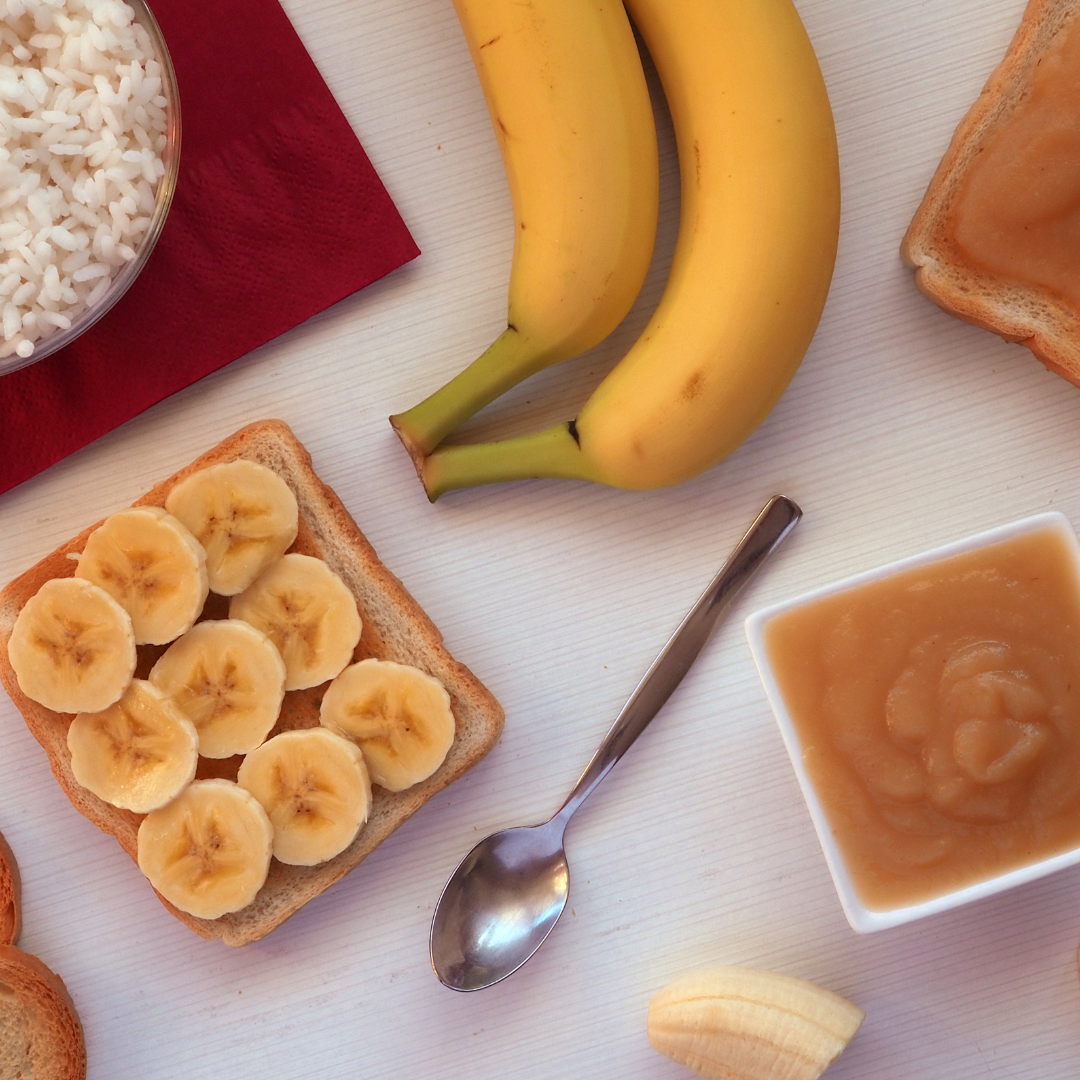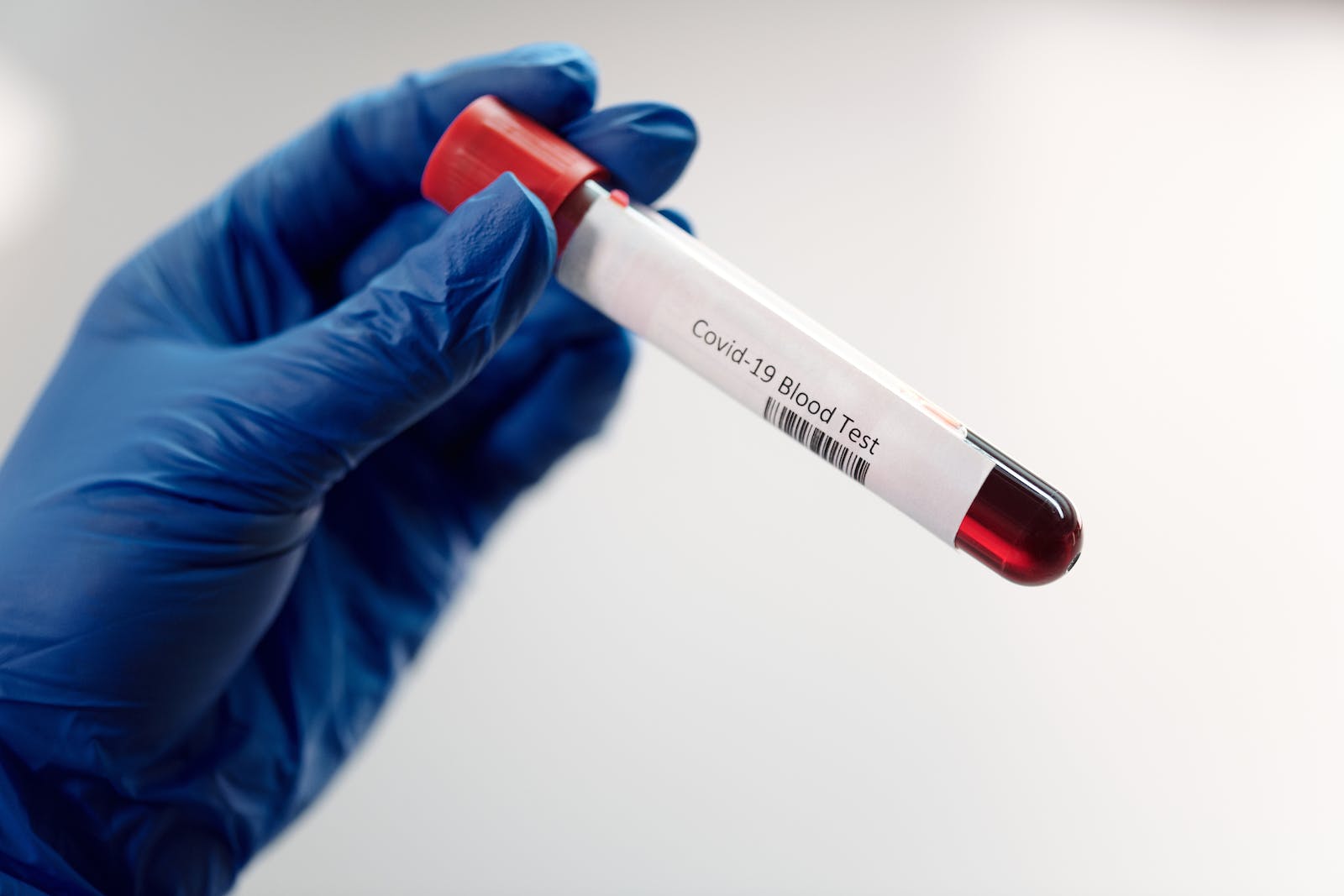
Hashimoto’s diet is best known for relieving inflammation, but we’re going to cover an overview of Hashimoto’s diet. You may have discovered that you have Hashimoto’s disease because the usual diets just don’t work for you. Weight gain, constipation, fatigue, dry skin and depression are some symptoms of Hashimoto’s disease, an autoimmune condition that leads to an underactive thyroid.
Conventional thyroid hormone replacement therapy can be effective in managing Hashimoto’s disease. However, it doesn’t affect the underlying causes, it may not be as beneficial as you hoped, or your condition may not be severe enough to get a prescription. Or, perhaps you want to treat it as naturally as possible. That’s where Hashimoto’s diet comes in.
Let’s look at how the Hashimoto diet works, and how to make it work for you.
Why Try Hashimoto’s Diet?
The basic principle of Hashimoto’s diet is to relieve inflammation, particularly that directed at the thyroid. Immune cells take up residence in the thyroid gland despite there is no infection or injury, as they are “confused” into thinking it is a threat. Then, they generate antibodies against the thyroid peroxidase enzyme (TPOAb) and thyroglobulin (TgAb), which prevents the hormonal pathways from working. This also leads to inflammation throughout the body. As inflammation affects neurotransmitter pathways, including serotonin, depression is a common consequence of Hashimoto’s disease even if your thyroid function isn’t impaired enough for medication.

Foods to Avoid on Hashimoto’s Diet
One version of the Hashimoto diet is a modified version of the Autoimmune Protocol (AIP), which eliminates foods linked to inflammation, at least among people with autoimmune diseases.
Off-limits foods are grains, dairy, added and refined sugar, food additives, alcohol, legumes, nightshade vegetables (e.g. tomatoes, potatoes, eggplant), nuts and seeds, eggs, oils and coffee.
On the other hand, another study found that animal fats were the most inflammatory foods, and most likely to contribute to thyroid antibody production. Muesli, fruit and nuts were some of the food groups linked to lower levels of inflammation directed at the thyroid. Gluten-free grains and anti-inflammatory oils, such as coconut and olive oil, were permitted. The exception to the rule was fish, thanks to its anti-inflammatory omega-3 content.
In either case, grains containing gluten appear to be one of the worst things you can eat if you have Hashimoto’s disease. Even just eliminating gluten was enough to significantly reduce anti-thyroid antibody levels in women with Hashimoto’s disease in one study. After six months, TPOAb levels fell from 925 to 705 units/mL, while they slightly worsened in the control group from 891 to 920 units. Their TgAb fell from 832 to 629 units, compared to another slight worsening for women who kept eating gluten. It is possible that impaired absorption of vitamin D and selenium were behind gluten’s damaging effects, alongside directly increasing inflammation.
What Can You Eat on Hashimoto’s Diet?
The Autoimmune Protocol is very similar to the Paleo diet. Hashimoto’s diet emphasizes nutrient-dense whole foods, including vegetables, fermented foods, fruit, non-processed meats, bone broth and fish. A clinical study of 16 women with Hashimoto’s disease found that following the AIP led to often dramatic improvements in overall health. General health improved from 40 to 70 out of 100, for example. Physical functioning scores rose from an average of 25 to a perfect 100, but much of this was driven by one woman with an extremely low initial score. Their inflammatory markers, immune cell counts and thyroid antibodies all somewhat fell, too.
If your doctor, functional medicine practitioner or nutritionist decide with you that the standard anti-inflammatory diet is best, then all fruits and vegetables, seafood and poultry, gluten-free grains, beans and legumes, nuts and seeds, and fermented dairy are all allowed. Unless, of course, you are genetically intolerant to one or more of these foods.
Specific Nutrients for Thyroid Health
Key nutrients for thyroid health include selenium, zinc, magnesium, and curcumin (non-essential, but important). The best food source of selenium is the Brazil nut, which is technically off-limits in the AIP, but you only need one or two nuts to meet the recommended daily intake. Supplementation is likely your best bet in chronic illness, with seleno-methionine as the recommended formulation for reducing TPO antibodies.
Zinc not only regulates the immune system, but it also assists in thyroid hormone production. Its effects can be seen throughout the thyroid hormone pathways, from the hypothalamus, down to the pituitary and then to the thyroid. The best sources of zinc are beef, oysters and some types of crab, but supplementation is important when you have a thyroid condition.
As a mineral involved in over 300 biochemical reactions, we feel like we’re constantly talking about magnesium. Yes, we need it for thyroid health too! Research shows that lower levels of magnesium are linked with higher rates of overall low thyroid function and Hashimoto’s disease too. Food sources of magnesium include leafy green vegetables and cacao, as well as pumpkin and sesame seeds, which are unfortunately off-limits in the standard AIP. Even if you supplement with magnesium, speak to your doctor or holistic health practitioner about whether nuts and seeds should be part of your Hashimoto diet.
Curcumin may not be an essential nutrient, but it can feel that way if you have an inflammatory condition. Multiple clinical studies show that curcumin, the most-researched active phytochemical in turmeric, can reduce the severity of inflammatory diseases including osteoarthritis, diabetes and ulcerative colitis.

The Importance of Detoxification
Foods that support detoxification may be helpful in cases of Hashimoto’s disease too. These include cruciferous vegetables (they must be cooked to remove goitrogens, which impair the thyroid); the sulphur-containing garlic and onions; and chlorella, a super-green you can add to smoothies and raw desserts if you want a bright green colour.
Research shows that exposure to higher levels of environmental toxins is linked to a far higher risk of developing thyroid conditions, and antibodies to the thyroid gland. In an area surrounding a petrochemical plant, residents were 2.53 times more likely to have thyroid inflammation than those living further away. Some petrochemicals, including dioxins and polycyclic aromatic hydrocarbons (PAHs) may disrupt immune signalling, causing white blood cells to see our own bodies as a “threat”.
What’s the Best Way to Start This Diet?
When changing your diet, the first step is to start collecting recipes. If you’re unsure of whether you need the AIP or a standard anti-inflammatory diet, there are some recipes that are compatible with both:
- AIP Flatbread, made with coconut and cassava flour.
- Coconut shrimp and grits, with coconut substituting for corn grits.
- Passionfruit coconut yoghurt parfait; hold the nuts and seeds if you’re going full AIP.
- Chicken lettuce wraps, with iceberg lettuce in place of bread
- Mango chicken salad, with coconut Cesar dressing
- Salmon patties, which you can enjoy as a burger bowl, or with a side of vegetables
- Mini zucchini burgers; switch beef for chicken or fish for these cute mini-burgers if you’re on the standard anti-inflammatory diet
- Sauerkraut oyster soup, for something a little more unusual. If you like the strong flavors, it’s great for a collagen boost.
The Hashimoto diet may not be as restrictive for everyone. It can be AIP (Autoimmune Protocol) which is the more “standard” anti-inflammatory diet, or your version of this diet could lie somewhere in between. However, you can significantly reduce your thyroid antibody counts and enjoy better overall health if you try it.
The right diet for you greatly depends on your DNA, which is why you should take a CircleDNA test to gain insight on the diet that might suit you best based on your genetics.






